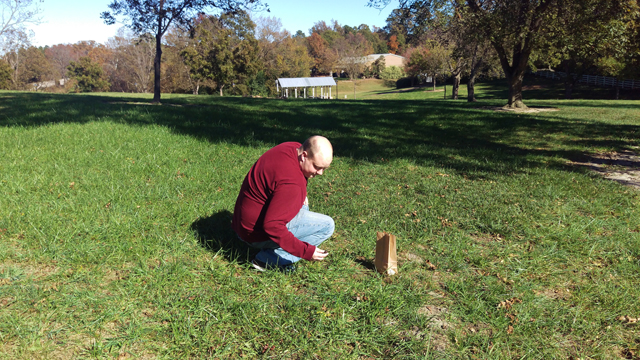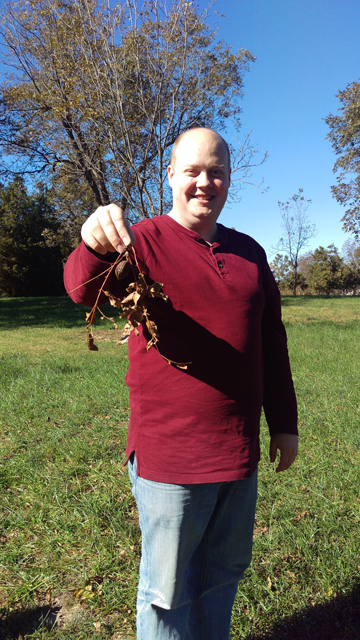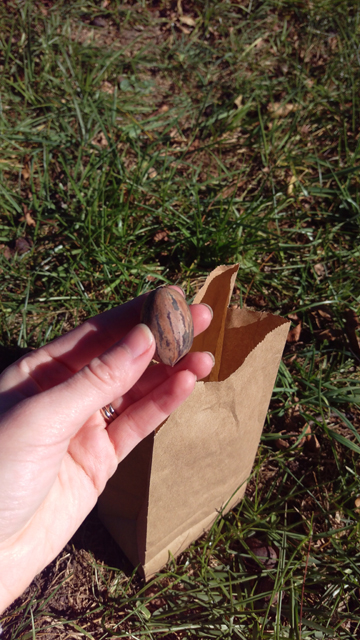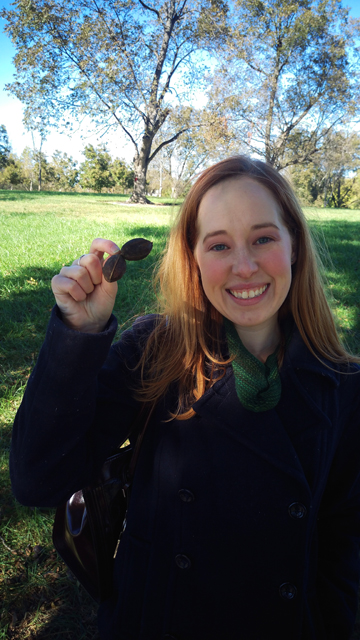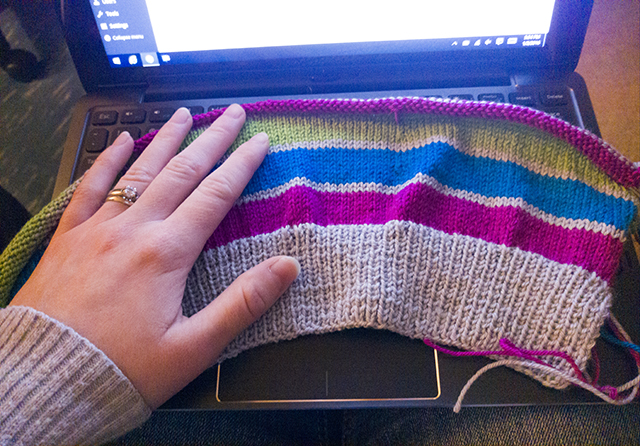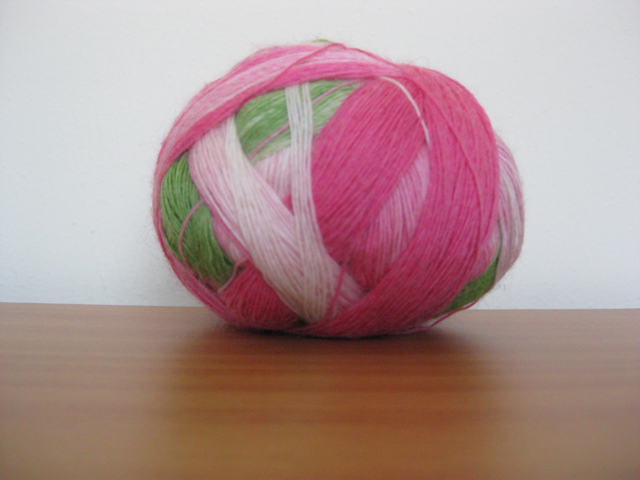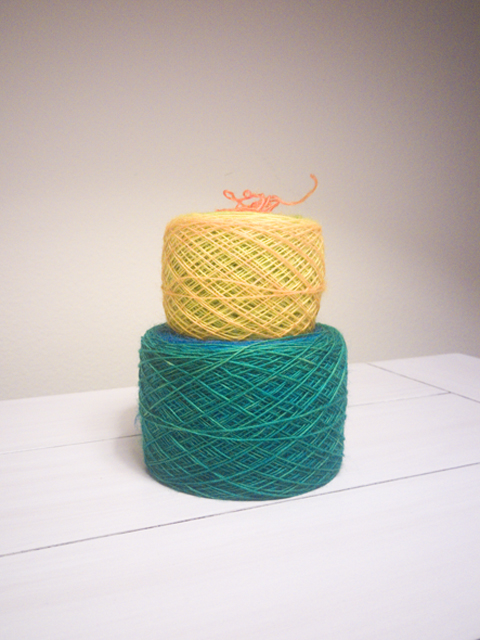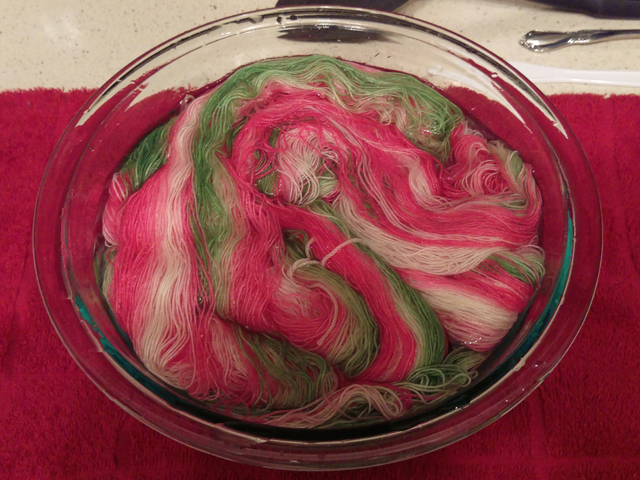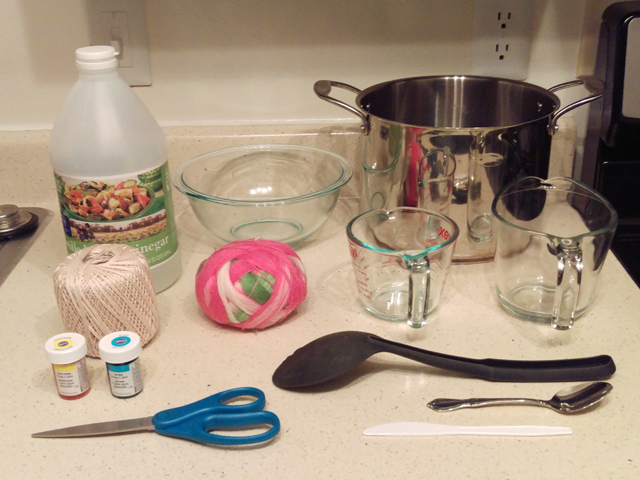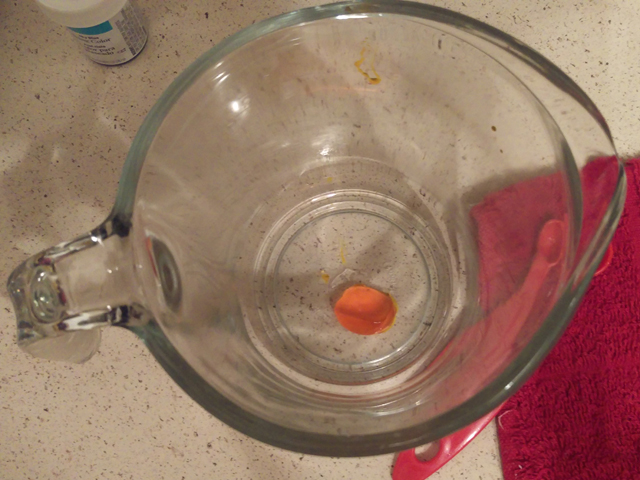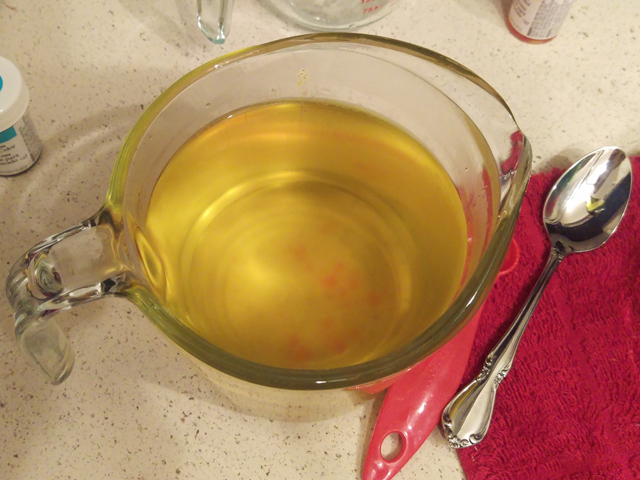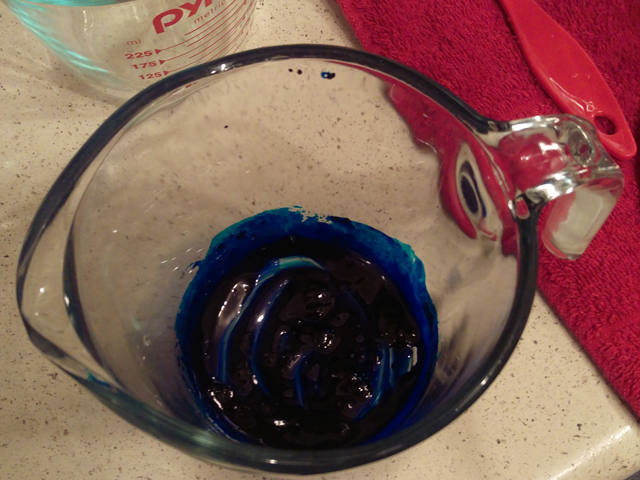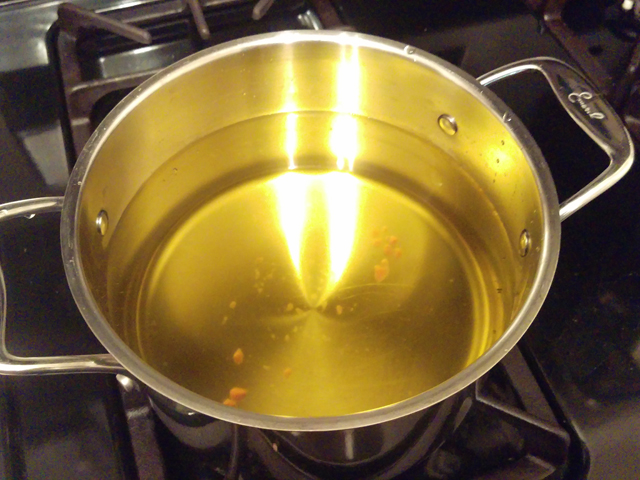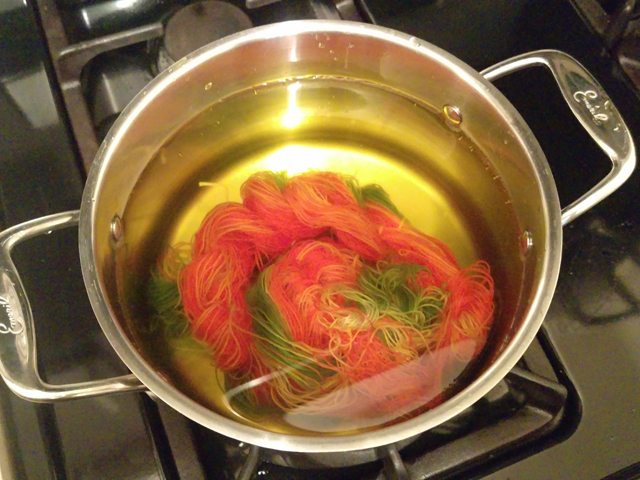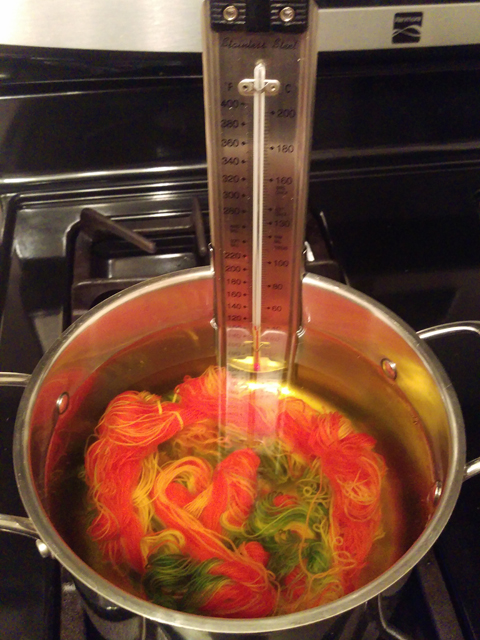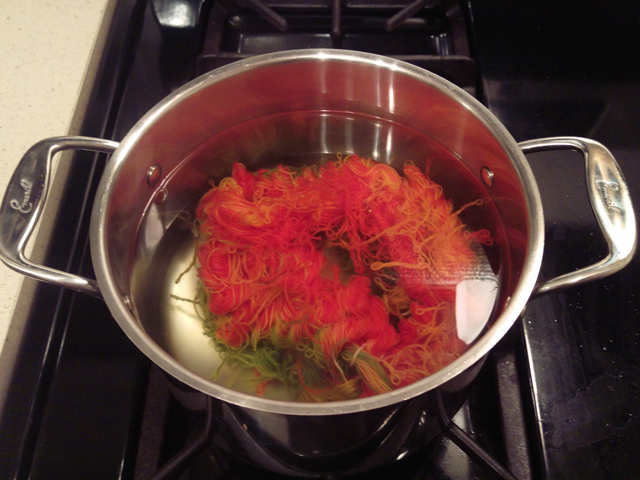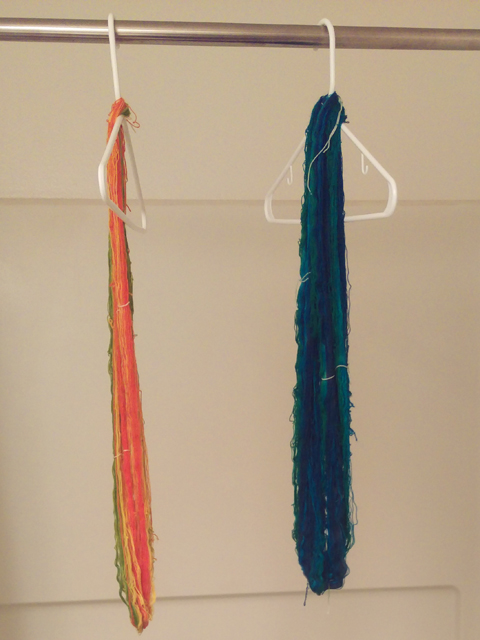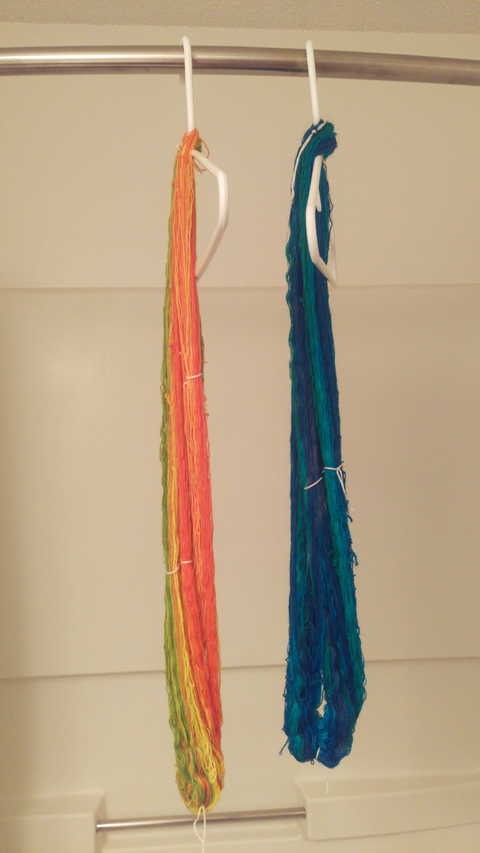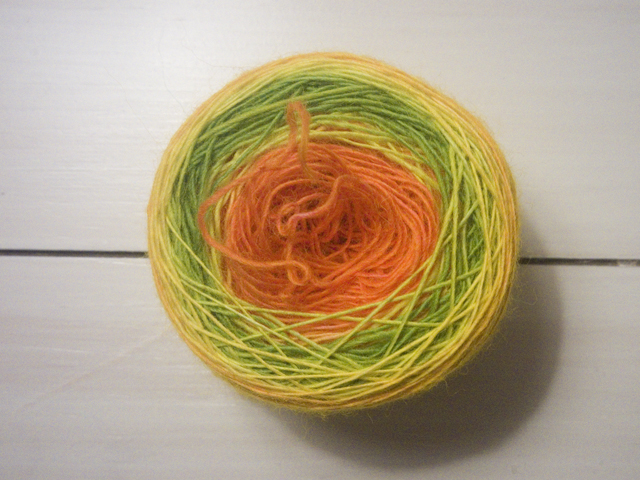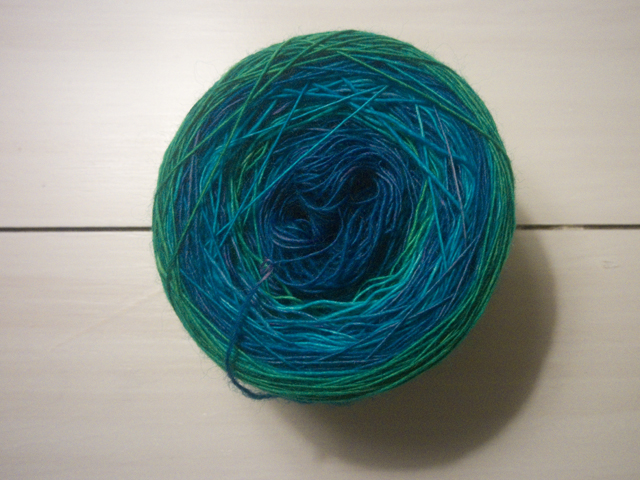As the parade of year-end wrap-ups has streamed through my feed this week, I’ve felt a mounting pressure to sit down and compose my own thoughts. This pressure stems not from a desire to emulate or perform for others, but from a very real need to confront my own experiences and realizations from the last 12 months. I have a much different perspective than I’d hoped to have, and I want to acknowledge and explore the gap between expectations and reality.
That I’m able to write at all is due in no small part to my thoughtful husband, who gifted me with a tablet this year for Christmas. My desktop computer suffered a motherboard failure just after Thanksgiving, and in the flurry of end-of-year work deadlines, Christmas hosting preparations, and holiday spending, I had neither the time to research nor the ready funds to purchase a replacement board. All of my recent outfit photos had been transferred from phone to hard drive just before the failure, so they have been held hostage by the broken component.
I’m thankful that a new motherboard is, as of today, on its way to me, but the delay means that there’s no chance at all of posting our Halloween costumes or the dress I made for my work Christmas party before the year is out. I haven’t decided yet whether it’s worthwhile to post them so long after the fact, or if I’d rather move on to new projects and new topics. Only the new year will tell, I suppose.
Those three missing posts mean that there is very little in the way of finished garments to recap. But even if I’d been able to include them, I’m well aware that my output this year has been disappointing. While others can count their successes in the dozens or scores, I have fewer than ten, and the amount of wear that any of them have gotten is extremely limited. In fact, shortly after finishing all of the athletic wear, I stopped going to the gym completely and haven’t been back since. I wish I could say that this is the result of an unfortunate injury that needed recovery or a positive lifestyle change that eliminated the need for scheduled exercise, but the fact is it’s all down to a short period of stress followed by laziness and finally inertia.
Knitting has not escaped this stagnation, either. This has been my least productive year in the short time since I started knitting. The striped sweater I started a year ago remains unfinished, awaiting a time when I have the mental fortitude to rip out and re-knit both sleeve caps, then finally sew the thing up, knit on the neckband, and weave in the ends. A scarf that I allowed myself to start to alleviate the tedium of the sweater and to provide a bit of mindless, portable knitting needs no more than a bind off and a few ends woven in, and yet it languishes in a bag. I even permitted myself to buy two skeins of yarn for easy hats in a desperate bid to kickstart my knitting enthusiasm, but I never made it further than winding them into cakes.
Needless to say, I did not sew or knit more this year. While I did read through all of The Modern Natural Dyer, the only dyeing I actually did involved a bottle of RIT. We made a tiny bit of headway on fixing up our guest room, but nothing worth writing about or photographing. As for a dedicated sewing space, I consolidated all of my fabrics, tools, and notions in a corner of the living room, which was hardly the plan, but is an acceptable temporary arrangement while I continue to use the dining room table to cut and sew on.
In short, I did not reach any of my goals for 2016. Not even close.
I’m hardly the only one, of course. But I seem unable to brush it off, like Kat, who doesn’t believe in failure as a concept; or even take pride in how I’ve flouted my goals, like Tassadit, who clearly knows how to prioritize joy over success. It’s not in my nature to pretend that I believe that it’s all been “a learning experience,” because in truth my first reaction to defeat is not optimism, it’s disappointment and sadness. So instead of putting on a falsely brave front, I’m going to take a cue from a recent post by Klara from A Robot Heart—who feels like a kindred spirit, half a world away—and delve into why it’s been so difficult to reflect on my year and shine a light in places that often remain dark.
It’s about more than completed and incomplete tasks.
On the surface of it, I love making lists, and I find satisfaction in checking things off. An unfinished to-do list would obviously be a source of dissatisfaction. But if it were truly that simple, if all that mattered was getting things done eventually, then all I’d need to do is deem all of those 2016 goals ongoing, and carry on into 2017 striving toward the same things. No reason to set an arbitrary deadline—or even an arbitrary check-in point—if all it does is cause unhappiness, right?
The trouble is, I crave organization because I need it to think clearly, act confidently, and feel at peace. Because despite being the kind of person who loathes idleness, when I’m presented with a variety of activities to choose from, I don’t tend to feel excitement at the many possibilities, I tend to feel anxiety. I’m liable to become overwhelmed and shut down completely, because I a) want to do everything at once, b) know that that’s impossible, and c) no longer have a reliable sense of what will make me happy in the moment.
So I make lists, because it allows me to prepare, to plan in advance, when emotions aren’t high and I can be more certain of knowing my own mind. Then I not only get the satisfaction of the thing itself, but also the reassurance that I’m doing something I know is important to me in some way.
Looking back, each unaccomplished goal represents hours spent agonizing over what to do in the evening or on a weekend. Too often, instead of working toward the things I had determined were important to me, I retreated into reading forum discussions, or distracted myself with some insignificant task, or sat paralyzed until Justin proposed some other thing to do. How many Friday nights did I fret about spending my weekend wisely? How many Sunday nights did I despair about going back to work, feeling like I’d squandered my time and would have to slog through five more days to try again? Far too many, I’m afraid.
The experience of correcting mistakes is a poor teacher for coping with failures.
Like many makers, I turn to the creative community when I need guidance—not just for sewing or knitting techniques, but for conscious consumerism, for body positivity and self-love, and for any number of other topics. Makers are no strangers to adversity, and it’s cheering to read about others’ struggles and how they’ve overcome them.
But as I’ve been thinking about my failed goals, I can think of many bloggers who have shared their mistakes, but I’m struggling to bring to mind bloggers who have shared their failures. What I mean is, I can think of countless posts describing a project that disappointed due to a mismatch of pattern to material, or an outfit that was never worn because of unacceptable fit, and even garments that were thrown away—all things I would consider mistakes, things where you think “That was a shame; I’ll try to do better next time.” But failures, like investing a lot of time, money, and effort into a hobby that you ultimately abandon? Or committing to a project for someone else, as a gift or perhaps as a commission, and then being unable to see it through to the end? Or chasing a creative dream that doesn’t pan out and having to give it up? Basically, anything where there may not be a “next time”? Not so much.
Now, I understand that no one likes to dwell on these embarrassing and costly experiences, let alone broadcast them to others, so I’m not really faulting anyone for not posting about them excruciating detail. And I certainly don’t want to equate my own shortcomings with more serious troubles.
But I fear what gets lost is an honest look at the invisible costs of these failures. It’s more than just a wadder, a project that you looked forward to that you don’t get to enjoy. There’s lost money, sure, and there’s lost time. Deeper still, there’s a loss of confidence, a reluctance to try again, a fear of failure. Why set a new goal? You failed at the last one—what makes you think you’ll succeed at this new one? You start to wonder if maybe you’re not cut out for these goals, if they’re really worth it, if working toward them even makes you happy. That’s a lot of baggage to carry forward. It doesn’t necessarily vanish with the next success. I’d dearly love to know how others manage it.
There is an even greater enemy than envy.
What’s thrown all of these feelings into sharp relief is seeing other bloggers reach for and achieve success this year. Reading about Helen’s journey as she blogged one make a week, designed two patterns, and grew her following to the hundreds in just one year, following along as Madalynne has teamed up with Urban Outfitters, Simplicity, and Pfaff to live her lingerie dreams, and watching as Allie has written tutorials, filmed a class, and garnered sponsorships, have been hard. I don’t resent their successes—far from it! I think that they’re amazing women who have worked hard and earned every good thing that has come their way. We’re so fortunate to have them in our community, and I admire each of them for their discipline, tenacity, and generosity of spirit.
When I look at these women, what I feel isn’t envy. It’s regret. They set goals for themselves; they worked hard; they succeeded. They achieved goals that I had for myself (whether I’d publicly stated them or not), and goals that I’d hoped to work toward in subsequent years, building on the foundation of this one. They didn’t fall into these successes by hazard or happenstance; they are not possessed of fabulous wealth, unlimited free time, or preternatural abilities.They earned these successes. And I could have earned them too, had I really tried.
The hardest thing to face is the realization that I did not become a better version of myself.
I have not achieved the goals that I identified as important to me. I have not been making choices to shape my life according to my own self-professed values. These were not mere mistakes, things that I can easily learn from and apply to future situations. These were failures. This is time that I cannot get back, and I regret that I used it so poorly.
That’s rather a grim place to end, I know, but there’s nothing to be gained by dishonesty, and nothing to say at all if I can only talk about what’s happy, easy, neat. Maybe I can open up the conversation about failure and disappointment. Or maybe mine is just another sad closing chapter for the year, and that like so many others I’ll be glad to put 2016 behind me and never look back.
In any case, may we all find the strength, wisdom, and grace to grow in 2017.

